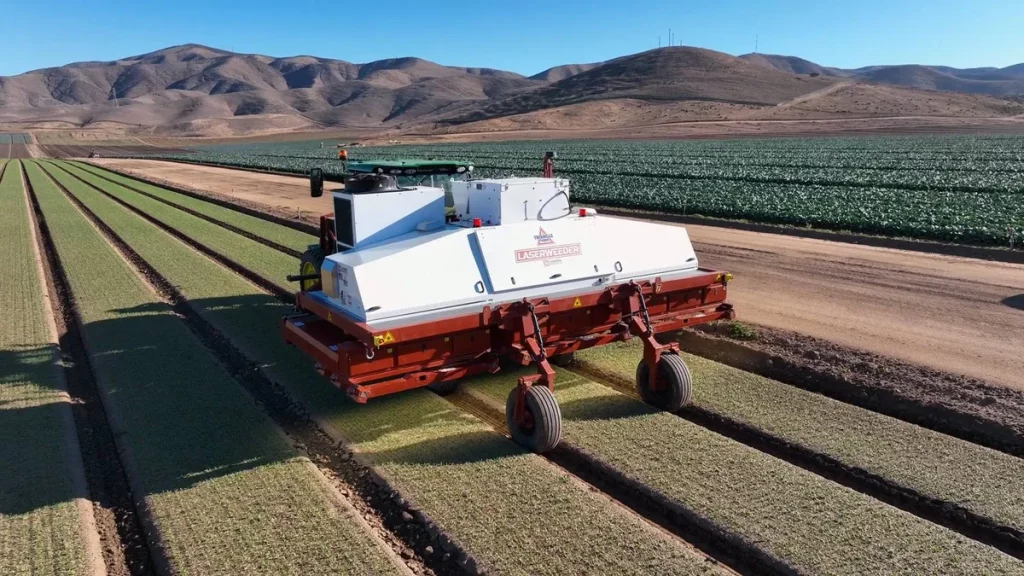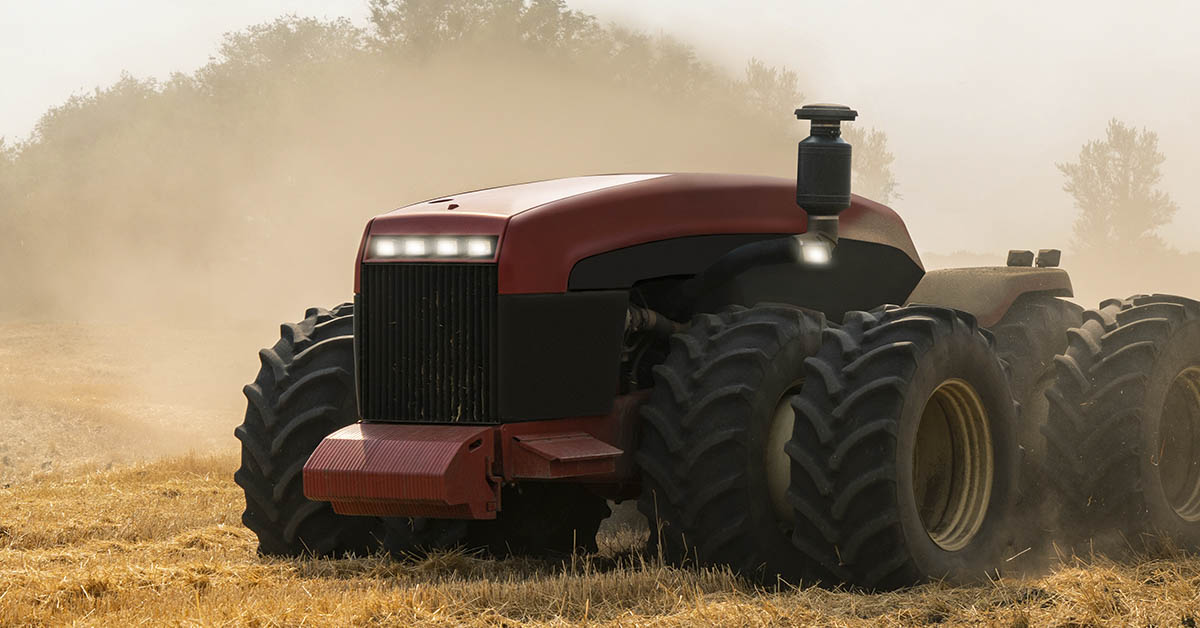Maintaining a farm is draining in nearly every sense. Long hours, hard physical labor, and costly equipment. Moreover, unless you’re a large farm with nationwide distribution centers, the payout is generally pretty average. So, it’s discouraging when something comes along and damages crops, further minimizing profits. Although there are plenty of causes for damaged crops, engineers have developed a way to tackle at least one. A farming robot is available that has the capacity to kill up to 200,000 weeds per hour.
Intro to the Farming Robot
Carbon Robotics released the LaserWeeder, a third-generation farming robot that uses thermal energy, AI technology, and 12 cameras to detect weeds. Then 30 high-power carbon-dioxide lasers zap and kill the pesky plants, allowing for around 2 acres of weeding per hour. The farming robot also has a lighting system, which can be used anytime at night. Furthermore, it was also designed for the purpose of use in almost any weather condition.

Innovation for Agriculture
Although earlier generations were designed to drive themselves, this new model does require a driver. However, they can easily be hooked up to the back of a tractor, so it’s still incredibly easy to use. Furthermore, there are several other benefits provided by the farming robot.
Firstly, reduced cost. Farmers who’ve used the farming robot have reported back up to 80% savings, accounting for labor, materials, and the reduced need for chemicals. Although the farming robot itself can seem costly, reports show that farmers will typically break even within 2-3 years.
Secondly, the farming robot has shown to have a positive impact on the environment. Previously, the agriculture industry heavily relied on chemicals to do away with crop-damaging pests, including insects, weeds, and other critters. Unfortunately, we now know those chemicals have had a negative impact on the environment, polluting water, damaging soil, and making their way into our food.
“We’ve proven the effectiveness of our laser weeding technology and the immense benefits it offers farmers, including healthier crops and soil, decreased herbicide use, and reduced chemical and labor costs,” explained Paul Mikesell, Founder, and CEO of Carbon Robotics. “To best serve farmers’ needs, we’ve adapted the design of our product, but will still leverage our proven laser weeding technology. Our mission has always been to provide farmers with the most effective tools, and the strong demand for LaserWeeders is evidence we’re helping them solve a serious problem.” he continued.
Farming Robot Economics
Scientific advancements have made leaps and bounds in western medicine, technology, and even agricultural purposes. Post-pandemic labor shortages will play a huge role in costly supply and demand changes to our economy. Furthermore, the increase in population we’ve seen will continue to grow, with a projection of 9.7 billion people by the year 2050.
As a result, scientists have been working nonstop to try and combat these economic challenges. Some developments outside of this farming robot include GPS systems to drive tractors, farming robots to pick ripe fruits, and drones to help farmers assess healthy crops from an overhead view.
In 2022, Carbon Robotics sold out and was taking pre-orders for the year 2023. It’s unclear as of now how the company will advance. However, one thing is clear, the undeniable list of positives thanks to the new breakthrough technology. The farming robot is both cost and time effective, as well as, better for the environment than previously used methods. On a large scale, the new method will make waves to positively impact the future of agriculture.
Sources
- “Farming Robot kills 200,000 weeds per hour with lasers.” Freethink. Kristin Houser. October 19, 2022.
- “This new farming robot uses lasers to kill 200,000 weeds per hour.” Interesting Engineering. Loukia Papadopoulos. October 21, 2022.

